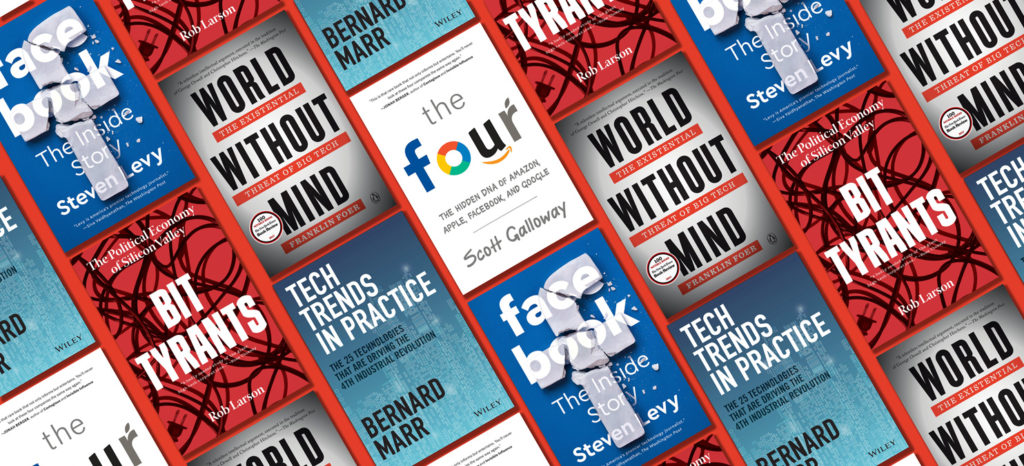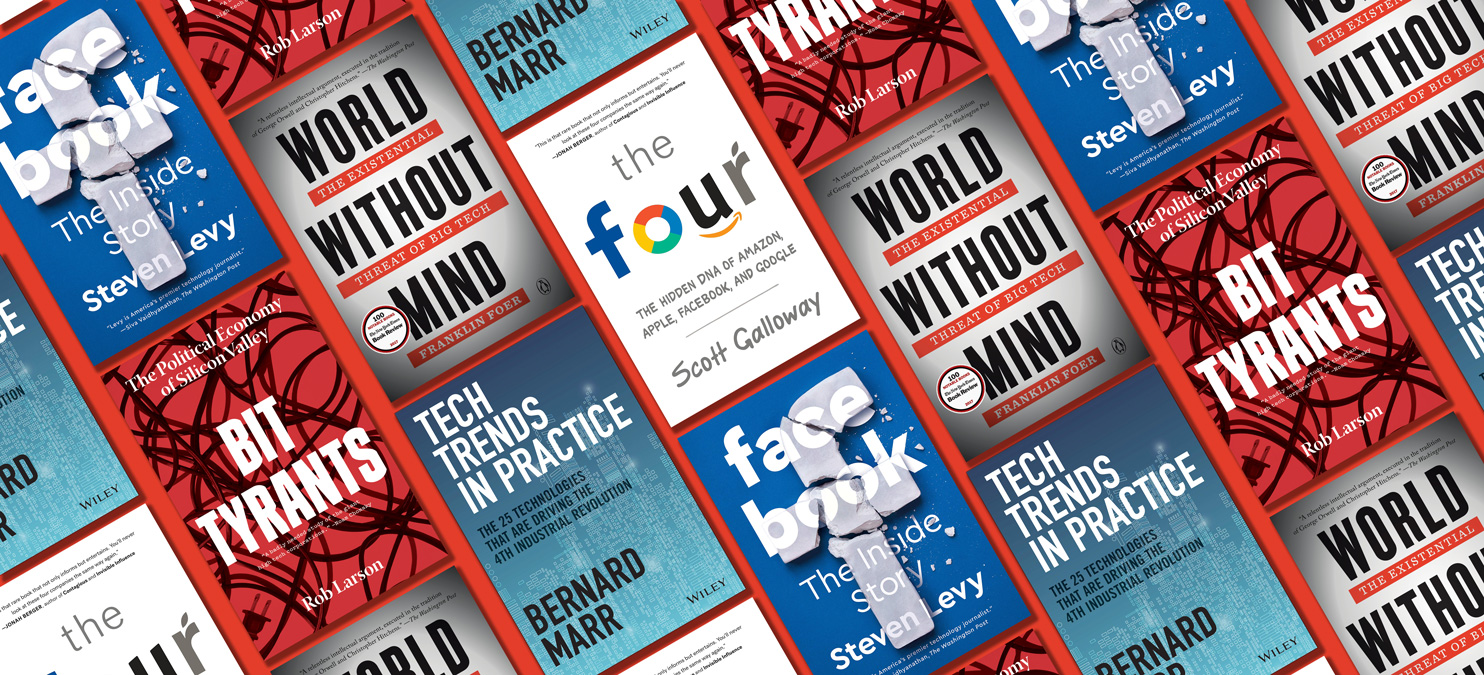
Anti-trust Actions and Consumer Frustration Building for Years Coming to a Head in Post-Pandemic World
A groundswell of dissatisfaction bordering on outrage, particularly in Europe, built to a peak by the end of 2019. Lawsuits, investigations, protests and more lay siege on the biggest of the big tech giants. Google, Facebook and Amazon were at the forefront of much of the turmoil.
Judgements, convictions and fines levied against google included a whopping $1.7 billion fine in the European Union for violating antitrust regulations involving unfair advertising practices. The E.U. had already convicted the giant search company twice for similar violations in its business practices. The total fines as of the Match 2019 judgement totaled 9.3 billion imposed by the E.U. alone. While this may be pocket change to a trillion dollar company with a virtual monopoly in search in many parts of the world, it also indicates and impacts a rising awareness of the disturbing anti-competitive behavior of the tech giant.
and at the same time help Lynxotic
and all independent local bookstores.
Also on Amazon
Both Facebook and Amazon have been similarly targeted for various anti-trust violations and non-competitive behaviors and were fined accordingly. Although in some ways less targeted for traditional anti-trust violations to date, Amazon, has been increasingly scrutinized and investigated for its methods of market domination. Treasury Secretary Mnuchin was quoted in a televised speech stating that “Amazon destroyed the retail industry”. Amazon’s complex structure and claim to “only” account for 5% of retail sales (and 50% of online retail) make traditional monopolistic behavior claims more difficult to prove. Antitrust experts have called the massive online company a monopsony instead, which can mean having a majority power over suppliers rather than consumers. A similar set of issues and concerns was the focus of famous antitrust battles against the A&P Grocery chain during the Great Depression with a judgement against the giant finally rendered in 1946.
Also recently, the Wall Street Journal published a disturbing story detailing how sellers on Amazon were able to sell products sourced from dumpsters, clean them up and pass off as new. This was a tip-of-the-iceberg moment opening up inquiries into the state of the “3rd party marketplace” which represents more than 50% of Amazon’s revenue.
After the Pandemic Troubles Likely to Remain for Tech Behemoths
Now, as of the date of this writing the confirmed coronavirus cases in the U.S. total over five hundred thousand cases with over one hundred thousand deaths worldwide. The U.S. death toll, at over 2.3k , has surpassed every other country, including China (although the numbers coming out of China may not be reliable). The number of cases and the death toll has not yet peaked, according to experts, and Lock-downs across the country are likely to continue for weeks, even months longer.
and at the same time help Lynxotic
and all independent local bookstores.
Also on Amazon
Although this situation effectively postpones government investigations and county actions against the giants, public anger and frustration, particularly with Amazon appears to be on the rise. Low paid warehouse workers for Amazon have staged walk outs and protests, delivery times have lengthened dramatically, the newly launched Amazon branded delivery system was cancelled and overall chaos appears on the rise.
None of these or any other side-effects of the pandemic and the lock-downs, such an an increase in streaming and online use in general is likely to be a positive public relations win for any of these massive companies. The trend of the last several years is likely to not only continue but intensify as the world slowly emerges from a state of quarantine shock and gradually tries to find a path to a new business as usual.
Meanwhile, enough time has elapsed that not only articles but books about the Big-Tech backlash and the problems that have been clearly identified in the business models of these companies have been published. Many are zeroing in on the negative impact of these enormous companies on society, the job market and small businesses in particular as they snowball into larger and more dominating versions of themselves .
We have featured a few on this page but they are being published literally as I write this article, and we will continue to catalog and update the subject on our sister site Cherrybooks.
Read more: World Reading Marathon Underway- Streaming and Binge-watching still huge but Books are Next
Find books on Big Tech, Sustainable Energy, Esoteric Spirituality and many other topics at our sister site: Cherrybooks on Bookshop.org
Enjoy Lynxotic at Apple News on your iPhone, iPad or Mac
Lynxotic may receive a small commission based on any purchases made by following links from this page.
